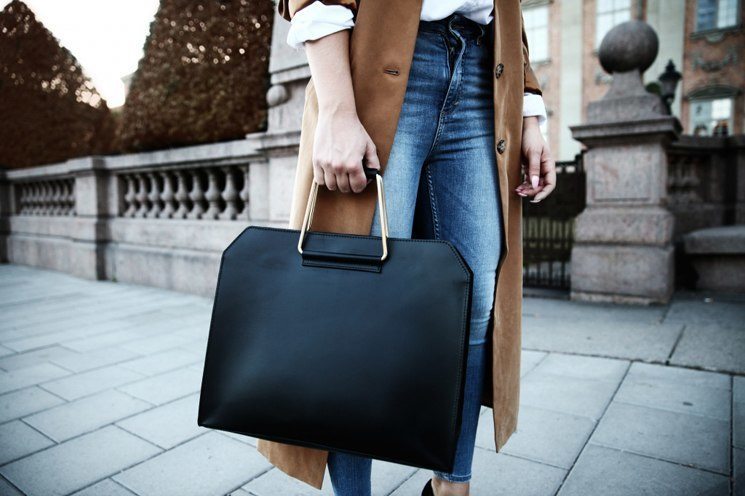
Leather handbags can come in a variety of shapes, sizes, and materials. From small, hard case-style designs made from caiman crocodile hides, to larger handbags made from ostrich or python skin, the design choices for leather handbags are nearly endless.
Caring for these prestigious fashion accessories can be difficult, especially considering the different care requirements between each type of skin.
So, to help you out, here are a few tips for taking care of your leather handbags:
Leather Handbag Storage
Generally speaking, you’ll want to keep your leather goods stored in a cool, dry place. Heat and excess moisture will negatively affect most leathers, causing discoloration or damage to the hide.
Additionally, be sure to keep the handbag away from hard or rough surfaces, and to avoid stacking other objects on top of the handbag. This helps to prevent scratches or crushing of the handbag. Ideally, a sealed container is the best way to preserve the handbag’s appearance in storage.
For soft-sided handbags, try stuffing the bag with crumpled newspapers or other paper materials. This will help the handbag retain its proper shape while it is being stored, preventing excess wrinkling.
Cleaning Leather Handbags
Cleaning instructions for leather handbags can be difficult to generalize, as different leathers and finishes will react differently to specific cleaning processes.
In general, water is something to avoid for most leathers, as it can damage the finish. Harsh household cleaners are to be avoided entirely.
For reptilian leathers, it’s recommended that excess dirt or dust be wiped away with a dry towel. If dirt is stuck on, a slightly damp towel may be used, but the water left behind should be dried off using a clean towel right away.
When applying any kind of leather conditioner to the hide, be sure it’s one that is formulated for that kind of skin and/or finish. Test all new conditioners on an innocuous piece of the hide first to see how it affects the appearance of the finish.
Some skins may require more frequent applications of conditioner to prevent drying and cracking than others. Alligator and crocodile hides, with their large scales, are somewhat less prone to drying out and cracking than python or ostrich skins “due to the shape of the skin and scales,” according to Be & D co-founder Steve Dumain as noted in a Wall Street Journal interview.
With any leather skin, a tannery with experience in handling that skin and finish should be able to provide specific cleaning tips.
Transporting Leather Handbags
When wearing or transporting leather handbags, try to minimize their direct exposure to the sun as much as possible. Direct exposure to strong sunlight can cause the color of the hide to fade and create cracks in the hide.
Keeping leather handbags in an opaque, airtight case during transit helps to not only prevent sun damage, but damage from exposure to contaminants in the air, such as cigarette smoke or other chemical compounds, preserving the appearance of the hide. Any such case should be large enough to hold the handbag easily without crushing it.
With the right care, handbags made from leather can last for years, even decades. Need to know more about leather goods? Check out some of our other resources today!
